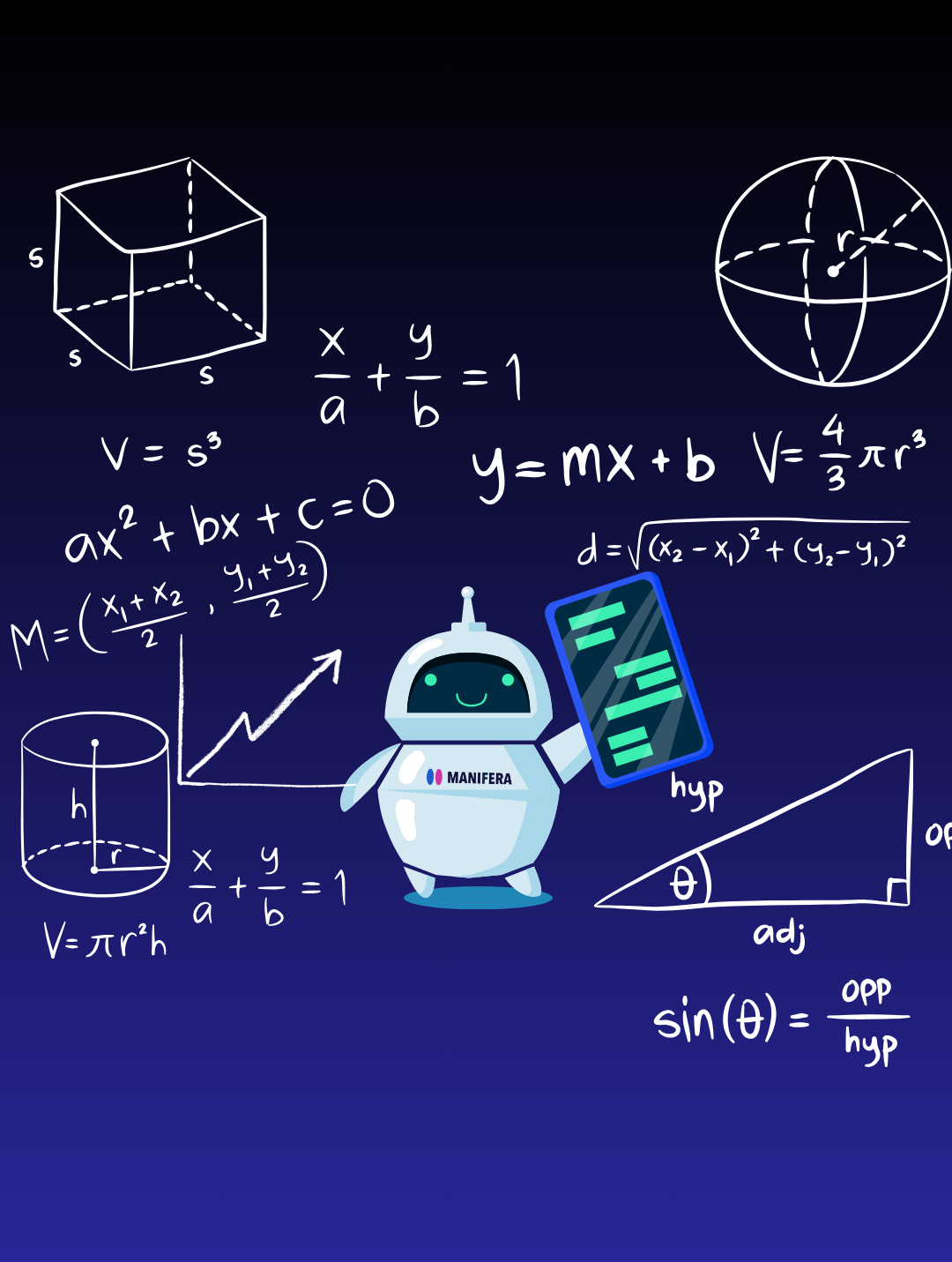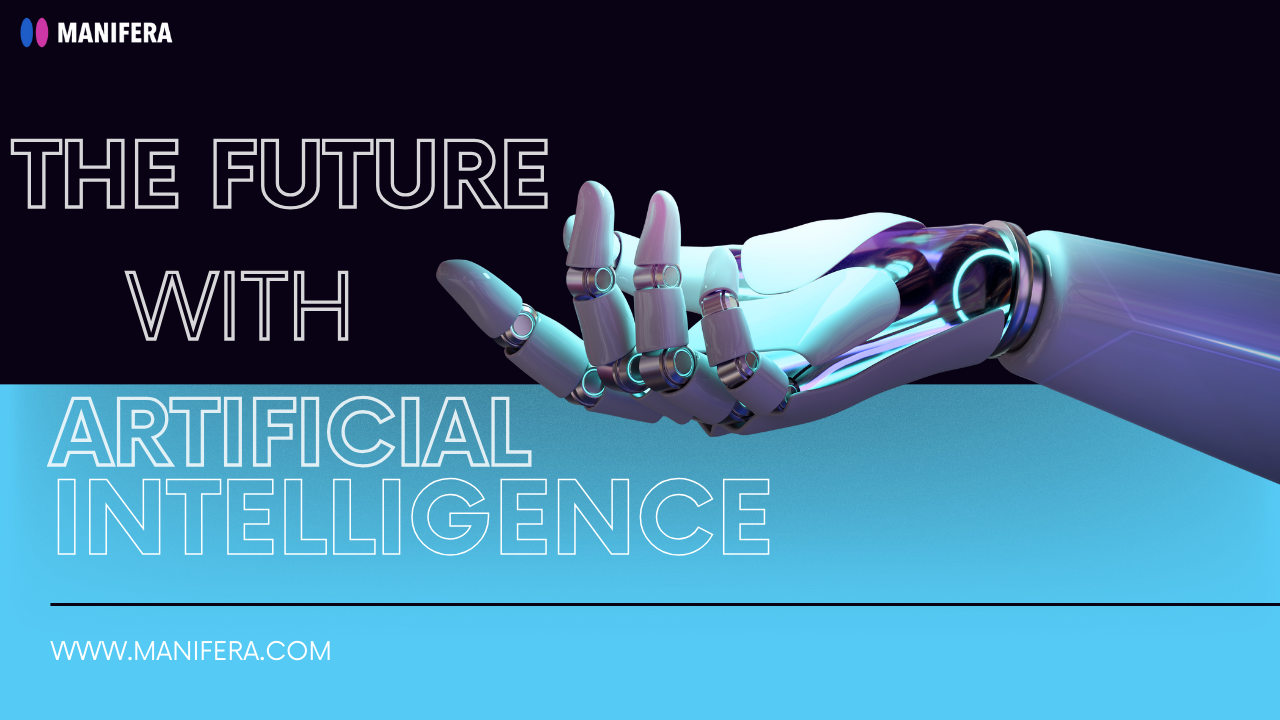
In this article, I will take a non-technical approach to describing a solution that enables businesses to offer customer interactions via chatbots in natural language(s) and using almost any channel, such as WhatsApp, Instagram, Facebook Messenger and Telegram
I will explain the concept below for WhatsApp. However it is also applicable to other channels.
A mixed bag of experiences so far
Until now, many of us got frustrated using chatbots to make inquiries via a chatbot for one or more of the following reasons:
1. The conversation with the chatbot was experienced as ‘not natural’ and mostly didn’t end with the desired outcome without the interference of a live agent. Digitally savvy users experience a high satisfaction level as they are more aware of how to phrase their messages so the chatbot could understand. Most of us however, get frustrated as chatbots don’t understand the messages we write in our day to day communication styles.
2. The chatbot was either confined to the website and not available via other popular channels such as WhatsApp or on Instagram where some of the target audiences reside.
3. The chatbot was available on a single channel only, mostly Facebook Messenger, and not via WhatsApp.
Hence, business only partially achieved the desired benefits of an improved customer experience and cost savings through applying chatbots for customer interaction.
What has changed?
The release of OpenAI’s ChatGPT and especially its Assistants API has changed everything: now businesses can develop multi-channel chatbots at relatively low cost and complexity.
In order to understand this fully, I’ll take one step back and explain the paradigm shift and the core functions of (the latest release) of OpenAI’s ChatGPT.
With the new version businesses can leverage ChatGPT for their own use cases, for example build custom applications for their customer support department, lead generation and more.
Custom GPTs
Open AI launched so-called ‘custom GPTs’ which enable anyone, including your aunt, to build a small application focused on a specific function or task without any coding. You could compare the custom ChatGPTs with simple mobile apps you can find in the App Store or Google Play store. And indeed, OpenAI has announced that it would launch its own store, featuring the most popular custom GTPs, although this may be delayed or canceled after the sudden departure of CEO Sam Altman.
A custom GPT consists of 3 components: prompting, knowledge and actions:
1. Prompting consists of the instructions in natural language = ‘human-speak’ what the application is about, what it should do and how it addresses visitors, for example “I am a guide responding to questions about fishing spots in the UK”. Most ‘hobby’ developers of ChatGPTs don’t go further than prompting.
2. The knowledge base comprises of data that is often owned and specific to the organization or person who has developed the application. You can upload a maximum of 10 PDF files to the knowledge base.
3. Actions allow interactions between the customs ChatGPT and outside applications. The custom ChatGPT could ask the visitor to leave her name and phone number, which it subsequently passes to a database, for example in Airtable or Google Sheets, which alerts a sales representative to follow up. Most lay people won’t implement this component, although it is doable using Zapier after carefully watching many videos on YouTube.
Although custom ChatGPTs may become popular as almost anyone can now create them, businesses who demand the best customer experience and wish to offer high quality user experiences won’t follow this path for the following reasons:
1. Custom GPTs are only accessible to users with a paid subscription to OpenAI’s ChatGPT4 (US$20 per month). Currently there is a wait-list. So they are neither accessible to users who subscribed to the free version nor to people who prefer other channels, such as the 2 billion users of WhatsApp .
2. Custom GPTs have technical and capacity limitations, for example in terms of number and size of uploadable documents in the knowledge base.
3. Businesses who need to pass data to and from the conversations to their systems, will find that custom ChatGPT do not live up to their standards for a smooth customer experience.
Assistants API
Luckily, OpenAI has also made a so-called Assistants-API available. Please note that OpenAI charges extra cost to using the Assistants-API. It offers access to the same 3 components: prompting, knowledge and actions. The main difference is that these components are technically stored outside the OpenAI platform: the Assistants API operates as a bridge between ChatGPT and the proprietary business systems. In this case the 3 components on the one hand,, and the capabilities of the ChatGPT platform, work harmoniously together as a single, smooth solution. This is achieved 'programmatically', i.e.because proprietary software has been developed to do just that.
A programmatic solution applying the Assistants-API
The architecture of a programmatic solution typically consists of the following building blocks:
1. The ChatGPT platform, leveraging the generic power of ChatGPT to communicate in many natural languages.
2. The Assistants-API, transporting messages between ChatGPT and the web server below.
3. The web server operated by the business, which hosts and takes care of the prompting, stores the knowledge files and defines the logic for the actions. This would typically be programmed in Python.
4. Third party software, like ManyChat that connects the web server to the different communication channels such as Whatsapp, Instagram Direct, Facebook Messenger and/or Telegram.
5. If you wish to also add a chat widget on your website, you can apply the same architecture and connect your web server to Voiceflow.
Conclusion
Businesses can now offer truly multi-channel, multi-language conversations in natural language, enriched by their own knowledge and that of OpenAI, while allowing data capture, with an architecture based on Assistants-API.
As this solution requires technical know-how of the Assistants-API, coding expertise and knowledge of solutions like ManyChat, most businesses will look to outsource this to a partner at the forefront of technology, such as dm2find to take care of all of that.
Written by Martijn Hovinga who is an expert in the practical application of Artificial Intelligence especially for medium and small businesses.
Suggested Posts
How useful was this post?
Share it with your friends
Get our latest articles here!
Do you have any questions?
Help us improve the content of this Insightful blog by asking us questions. Manifera's team of experts will help you answer these questions as soon as possible.










